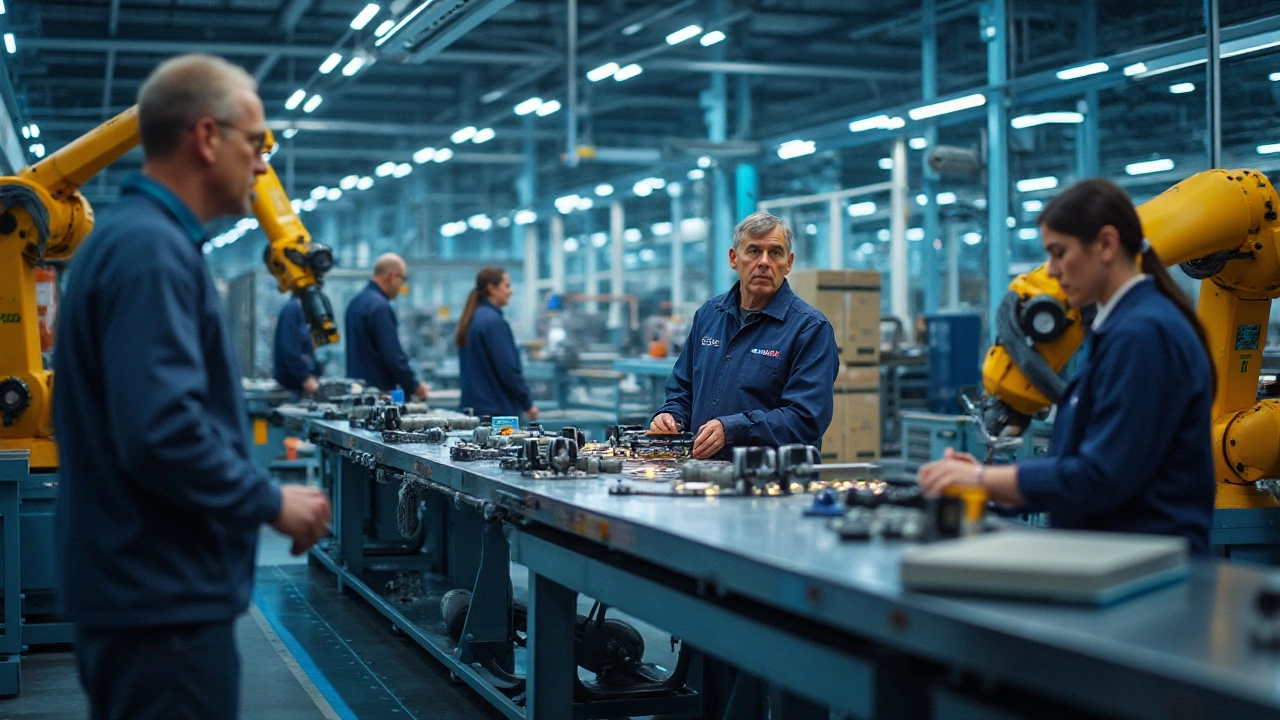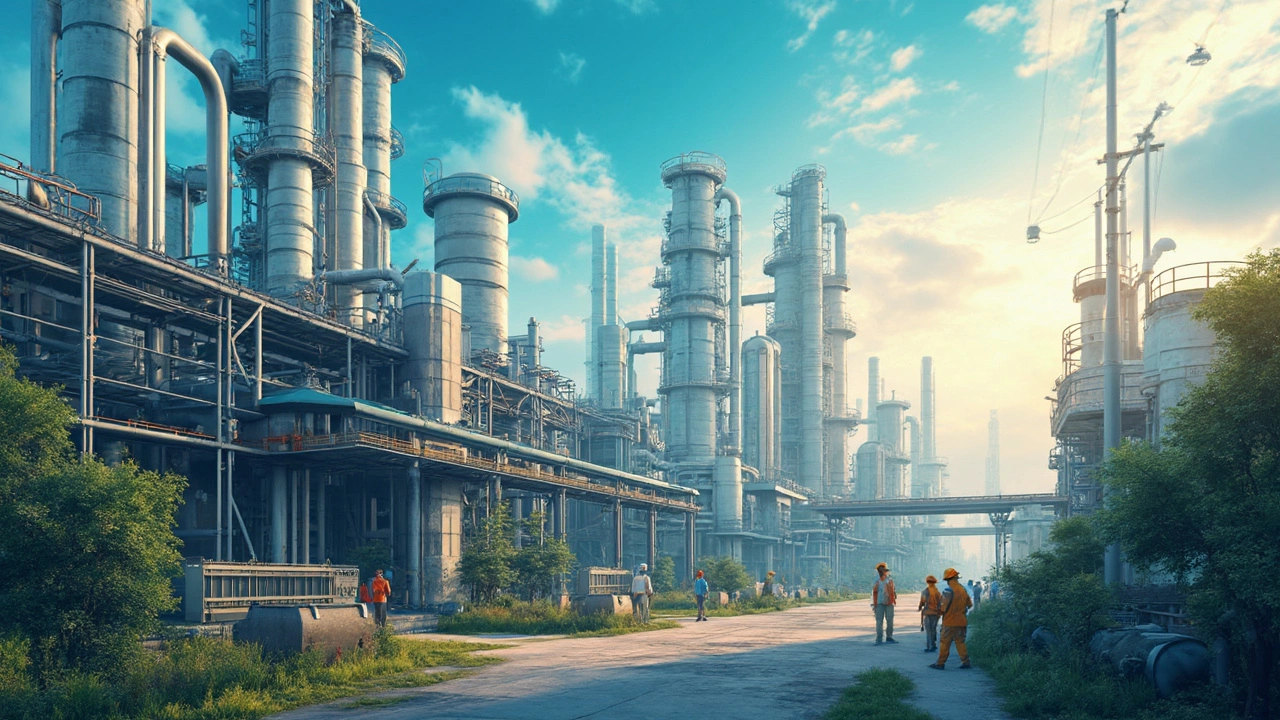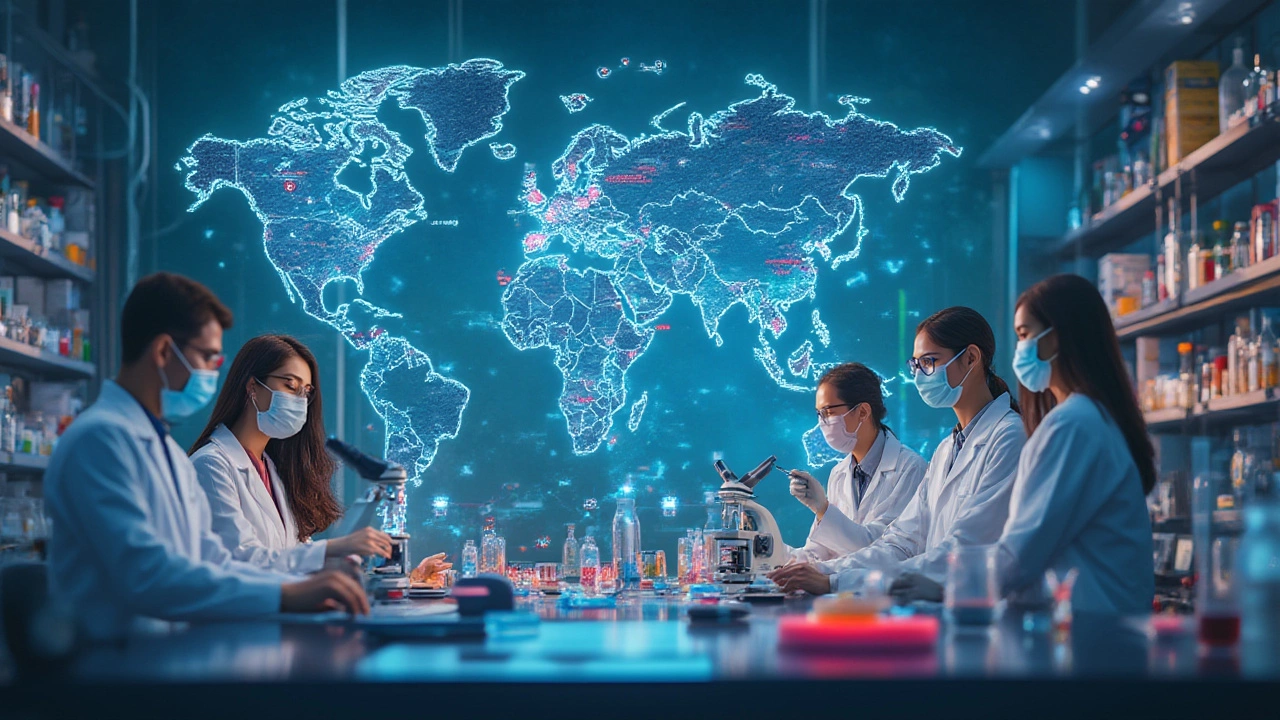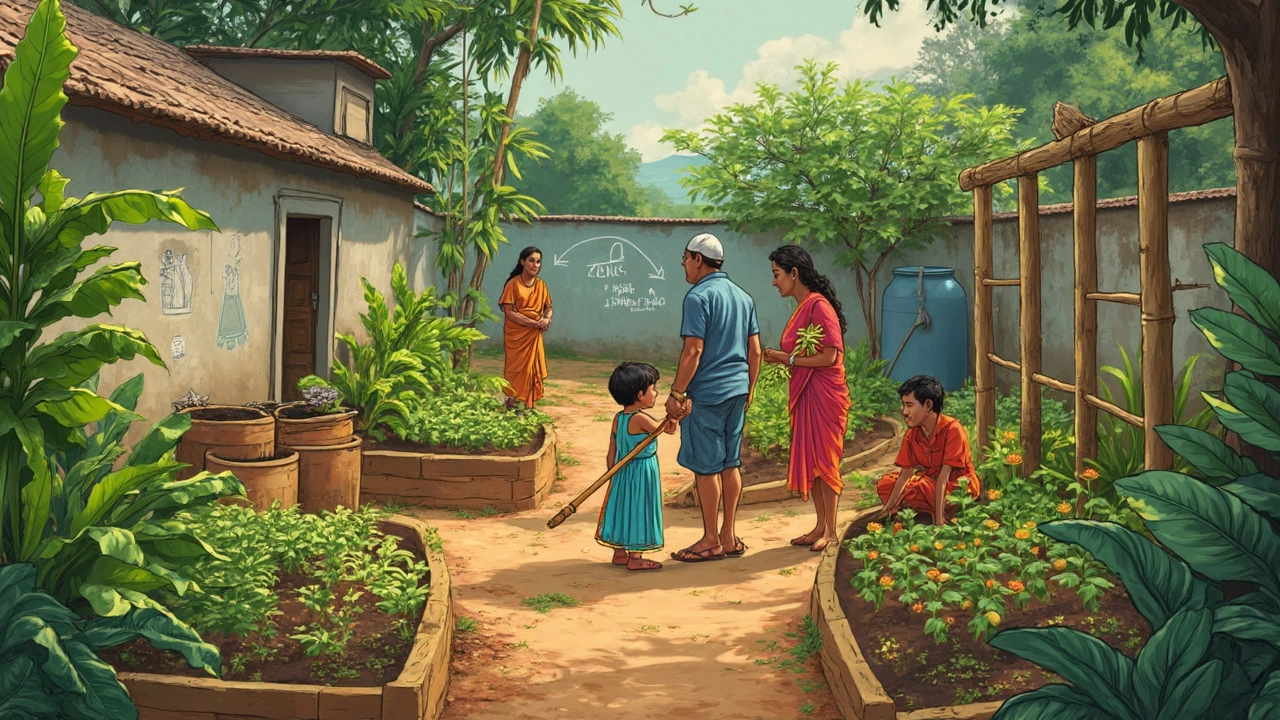Industry Growth
When talking about industry growth, the sustained increase in production capacity, market share, and economic contribution of a sector. Also known as economic expansion, it reflects how companies, regions, or whole countries boost output over time. Manufacturing, the process of turning raw materials into finished goods at scale sits at the heart of this phenomenon because higher factory output directly adds jobs and revenue. Likewise, the local economy, the network of businesses, services, and consumers within a specific area feels the ripple effect: more factories mean more wages, which fuels retail, housing, and public services. In short, industry growth encompasses manufacturing expansion, reshapes the local economy, and sets the stage for sector‑specific breakthroughs like the rise of the plastic industry, the global market that produces, recycles, and innovates with polymer materials and the fast‑moving automobile market, the network of vehicle manufacturers, dealers, and related services in India.
Key Drivers of Industry Growth
First, technology adoption speeds up production lines. When factories invest in automation, they cut waste, boost speed, and lower costs, which in turn lifts overall output. Second, policy support matters—a government tax break or a dedicated industrial corridor can attract fresh capital, encouraging new plants to sprout in under‑served regions. Third, consumer demand fuels the loop; as people buy more goods—from smartphones to sustainable packaging—companies must scale to keep up. This demand‑supply dance especially lights up the plastic sector, where recycled PET and rHDPE dominate forecasts for 2025. Meanwhile, the auto sector feels a double‑hit: rising fuel prices push buyers toward electric models, while stricter emission rules force manufacturers to innovate, reshaping sales trends across India.
All these forces connect back to the central idea that industry growth isn’t a single line‑item but a web of interlocking parts. When manufacturing expands, it creates jobs that boost the local economy; stronger economies raise consumer purchasing power, which then drives more orders for plastics and cars. The result is a virtuous cycle that powers regional development and national competitiveness. Below you’ll find a curated set of articles that break down each piece of this puzzle—how water‑wise gardening ties into sustainable manufacturing, why certain factory jobs pay top dollar, and which plastics will dominate the market. Dive in to see concrete examples, data‑driven insights, and actionable tips that illustrate how today’s growth trends shape tomorrow’s opportunities.
Is U.S. Manufacturing Poised for Growth? Insights and Analysis
The U.S. manufacturing sector is at a pivotal juncture, influenced by a combination of government initiatives and global market dynamics. This article examines the factors contributing to its potential growth, including technological advancements and economic policies. Understanding the intricate landscape of American manufacturing can offer insights into what the future holds for this vital sector. With the impact of reshoring strategies and sustainable practices, U.S. manufacturing is striving to adapt to modern challenges and opportunities. Explore how these elements are shaping the industry's trajectory.
- manufacturing
- India
- food processing
- garden tips
- rice cultivation
- government schemes
- balcony garden
- urban gardening
- balcony gardening
- profitable business
- business ideas
- plastic manufacturing
- drip irrigation
- plant care
- steel manufacturing
- sustainable gardening
- startup ideas
- steel industry
- flower gardening
- textile manufacturers






